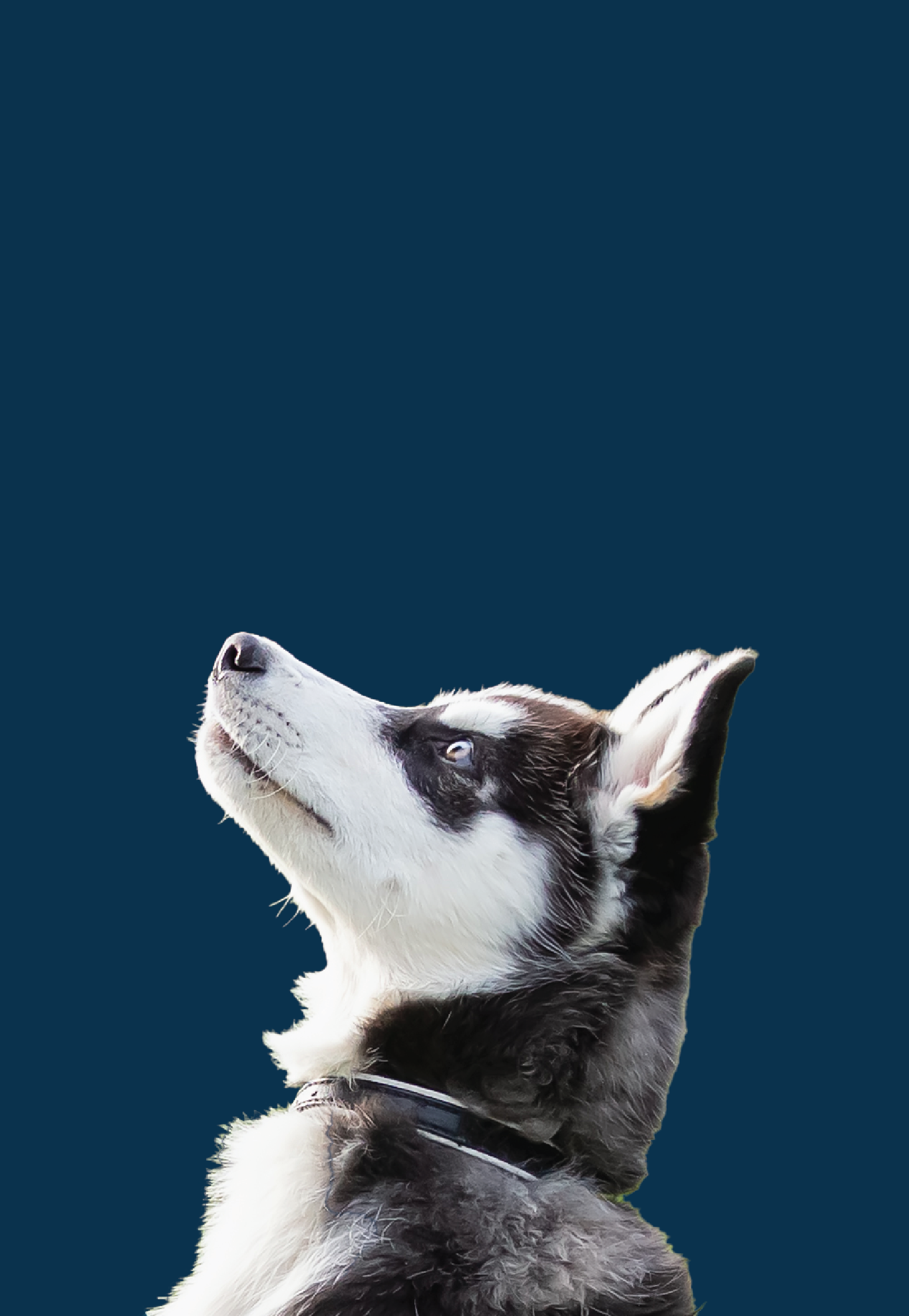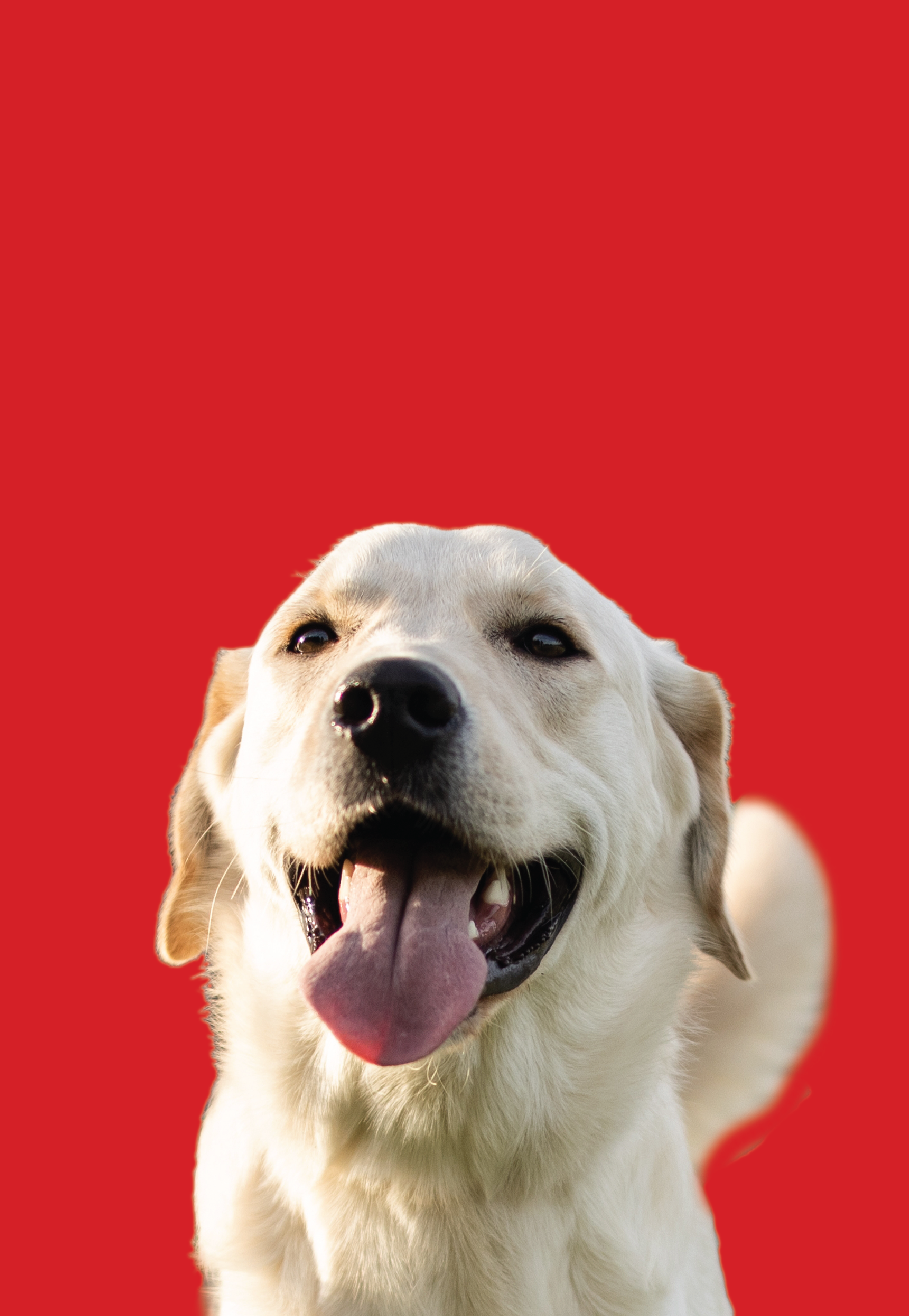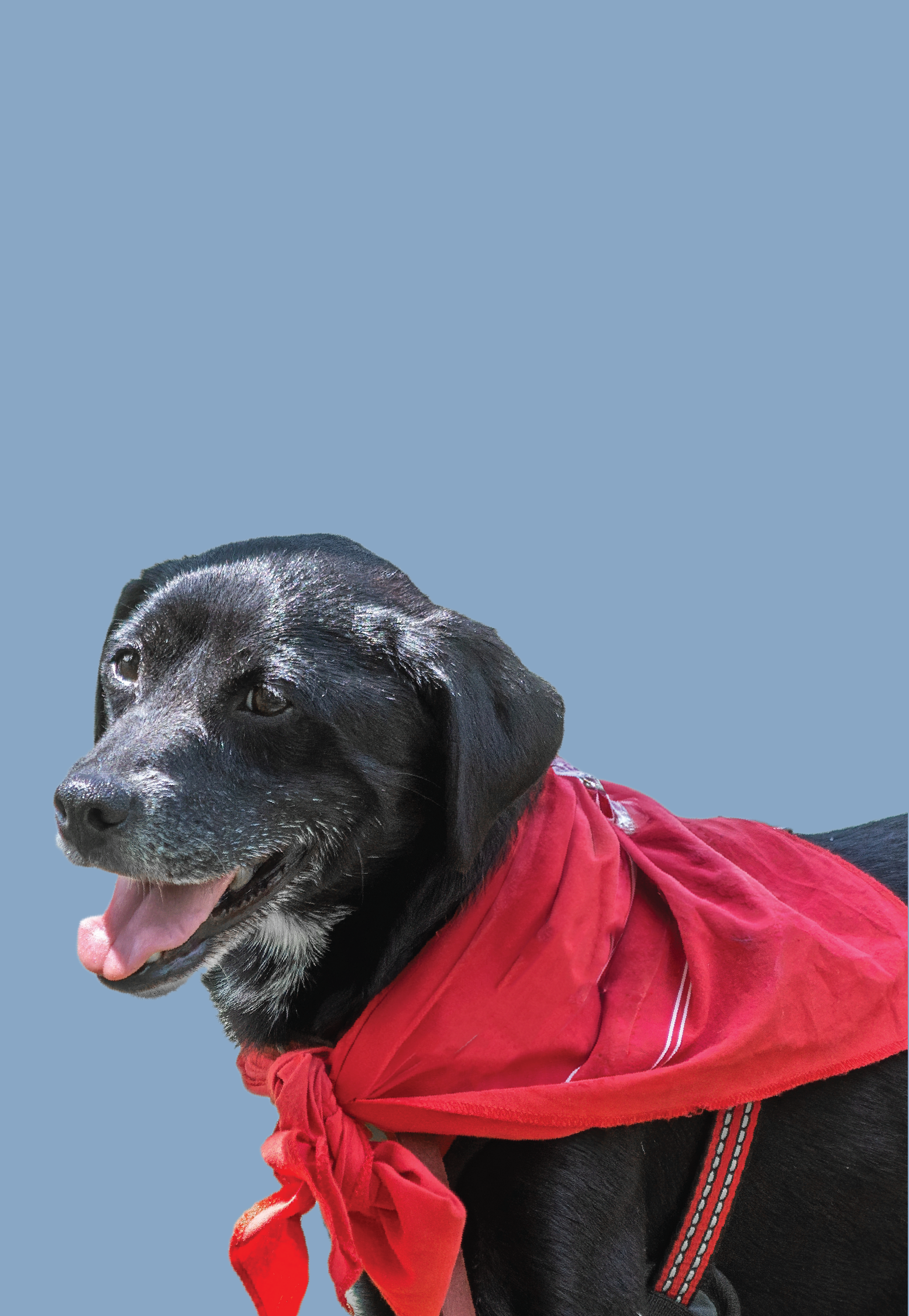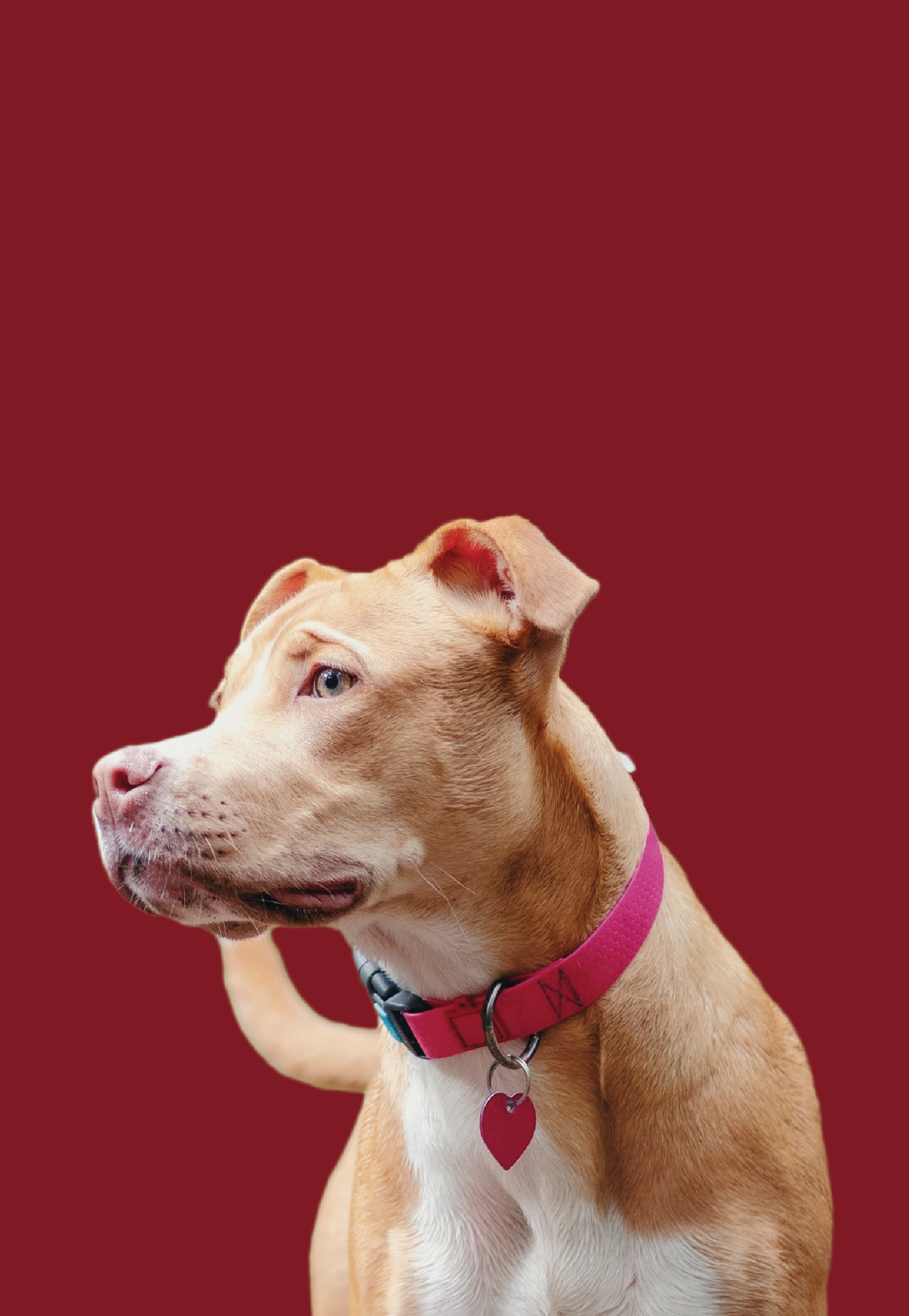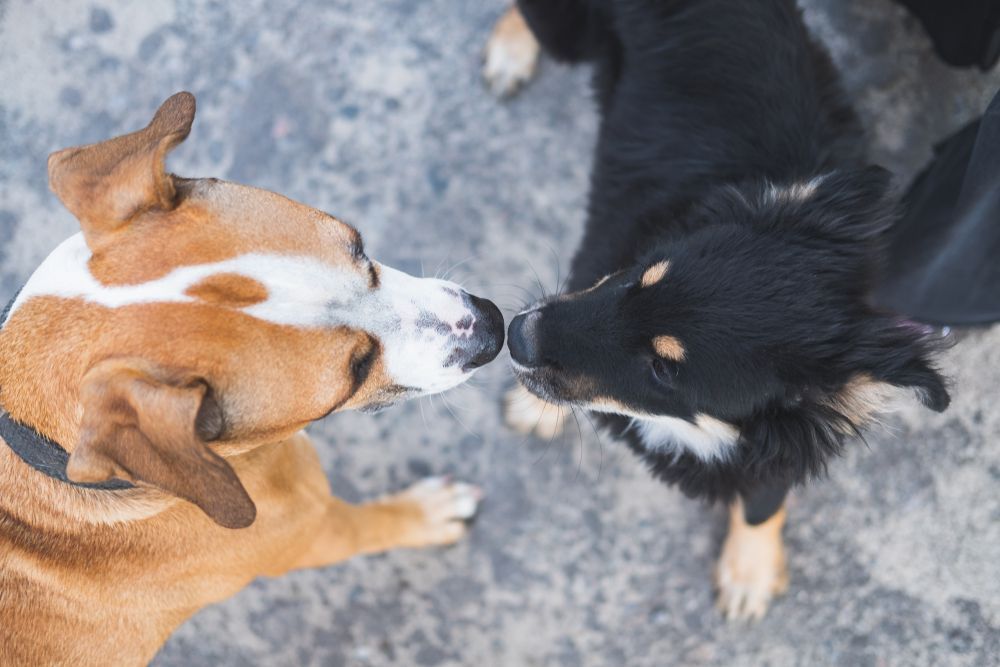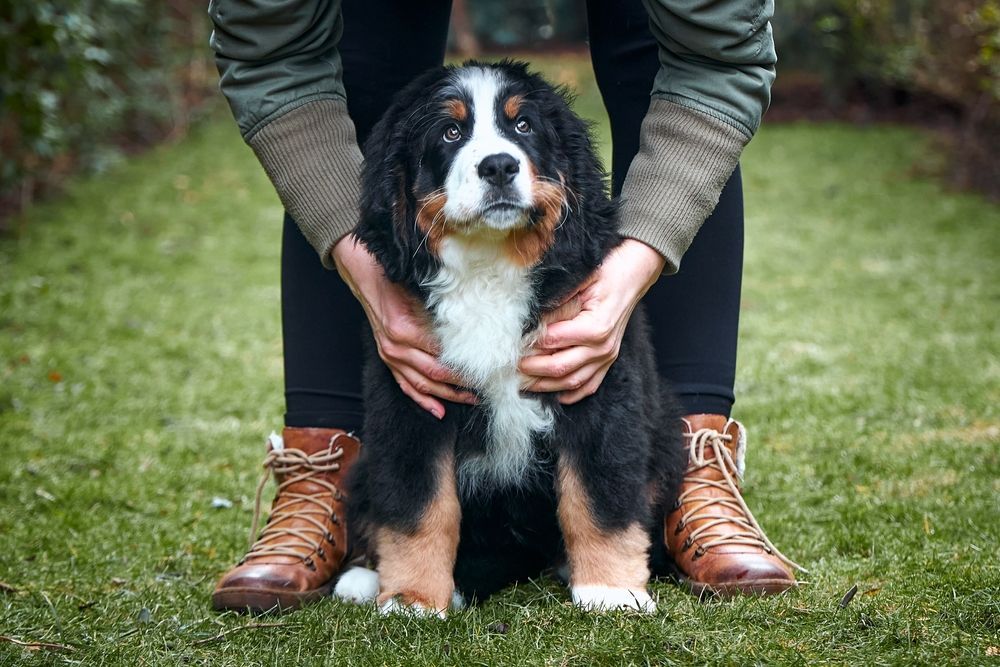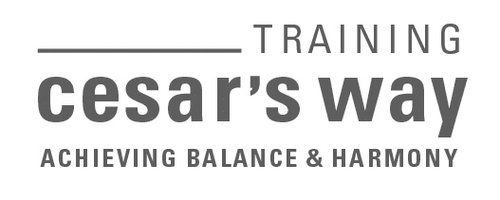Written by: Always Faithful Dog Training

Resource guarding is a natural canine behavior driven by an instinct to protect valuable items or spaces. While unsettling for owners, it’s important to recognize this behavior as a survival mechanism. It often manifests through behaviors such as growling, snapping, or blocking access to a resource. Subtle signs include stiff posture, staring, or freezing when approached.
Dogs may guard food, toys, or even areas like beds or couches. The signs can range from subtle cues, such as stiffening or freezing, to more overt actions like growling or snapping.
Understanding these behaviors is the first step toward addressing them. By recognizing the signs and identifying triggers, you can implement leadership training to redirect guarding behaviors. This method builds trust and reinforces boundaries, creating a more balanced relationship with your dog.
Why Understanding This Behavior Matters
Unchecked resource guarding can escalate, leading to more severe aggression and strained relationships in the home. Dogs that feel misunderstood or unsupported may become more anxious, reinforcing the behavior. By addressing resource guarding early, owners can build trust and communication.
Leadership training is particularly effective, as it teaches dogs to look to their owners for guidance. This reduces their instinct to guard resources and fosters a safer, more harmonious environment for everyone. Addressing this behavior strengthens your overall bond, creating a happier and more balanced dog.
Natural Instincts
Guarding stems from a survival drive. In the wild, protecting food or shelter ensures access to essential resources. Even in domestic settings, this instinct can surface when a dog feels their possessions are at risk.
Position in the Pack
Dogs that perceive themselves as the leader may take on the responsibility of controlling resources. Without clear leadership from their owners, they guard food, toys, or spaces to fulfill what they see as their role.
Learned Behavior
Past experiences can also contribute to guarding. Dogs that faced competition for food or neglect may feel compelled to protect resources in their current environment. Recognizing their history helps tailor solutions to address their unique needs.
How to Address Resource Guarding
Addressing resource guarding requires a combination of establishing trust, setting clear leadership, and providing your dog with proper outlets for their energy and instincts.
Establish Positive Associations
Help your dog see that sharing or relinquishing resources leads to good things. For example, approach them during mealtime, offer a high-value treat, and then step away. This shows them that your presence is not a threat to their food. Gradually increase interactions to build trust.
Establish Leadership
Leadership is critical in resolving resource guarding. Avoid free-feeding; instead, implement structured meal times where you control access to the food. Be present during feeding, touching the bowl gently and lifting it occasionally to reinforce your role as the leader. Never reward demanding or pushy behaviors, as this reinforces a sense of entitlement in your dog.
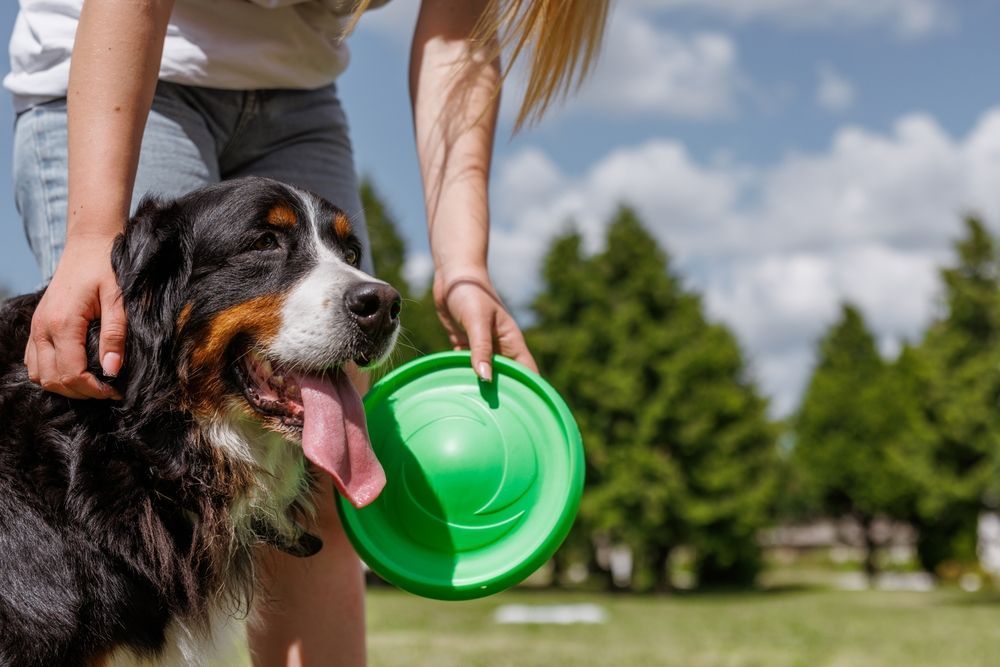
Exercise and Mental Stimulation
Regular exercise and mental challenges reduce pent-up energy that can contribute to resource guarding. Long walks, play sessions, and activities like puzzle toys help your dog remain calm and balanced.
Desensitization and Counter-Conditioning
Gradually expose your dog to situations that trigger guarding behaviors in a controlled, calm way. For example, begin by standing near their resource without engaging and then slowly increase interaction, like picking up the item and returning it without conflict. This process teaches your dog to relax and trust you in all situations.
Training Exercises to Practice Sharing
Teaching your dog to remain calm before accessing toys, chews, or food is a powerful way to reduce guarding behaviors. Start by holding the item and asking your dog to sit or lie down. Wait until they are calm and focused before giving it to them. If they become excited or pushy, simply withhold the item and wait for calmness to return. Repeating this exercise reinforces the idea that access to valued items comes through you and is earned through respectful behavior. Over time, this practice builds trust and establishes a balanced, cooperative relationship between you and your dog.
Conclusion
Resource guarding is a natural behavior, but it doesn’t have to disrupt the harmony in your home. By understanding the causes, recognizing the signs, and addressing the behavior through leadership, structured routines, and calm training exercises, you can help your dog feel secure and let go of guarding tendencies.
Remember, patience and consistency are key. Building trust and reinforcing your role as a confident leader will lead to lasting results and a stronger bond with your dog.
If you’re ready to take the next step, contact Always Faithful Dog Training today to find a trainer near you!
